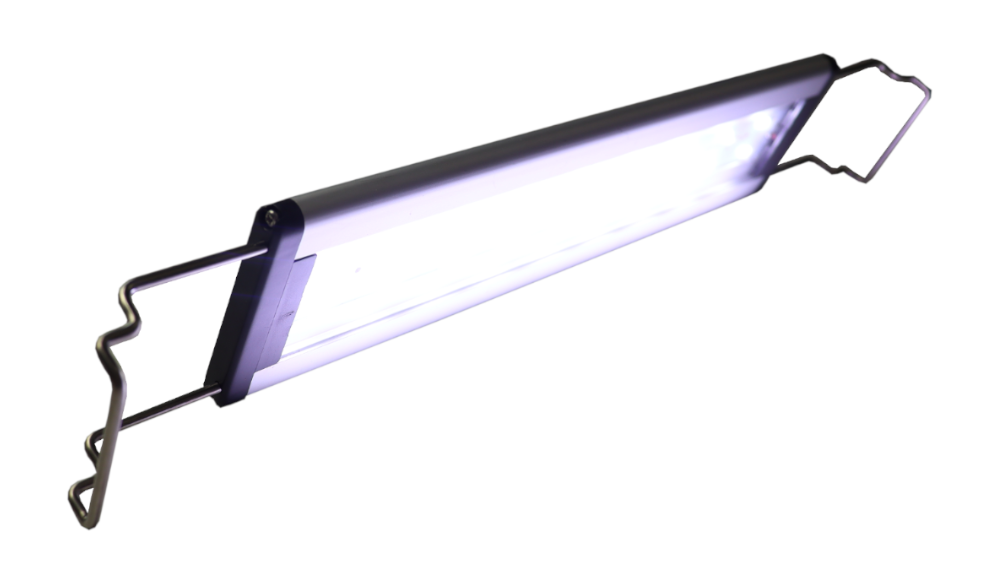Guide
Breeding Triops without a lamp: is it possible?
Welcome to an exciting adventure into the fascinating world of breeding Triops! The breeding of these amazing prehistoric crustaceans has piqued the curiosity of hobbyists and nature enthusiasts around the world. Triops, also known as “living fossils”, have an amazing adaptability and can thrive in a wide range of environments. But, breeding Triops without a lamp, is that even possible? In this blog post, I will explain how to successfully breed Triops without a lamp.

Breeding Triops without a lamp: There is no hatching without light
In nature, Triops are accustomed to environments in which light plays an important role. It is known that light influences the activity of Triops and also controls their reproductive cycles. Triops larvae need light to establish the rhythm of their biological clock. Without this regulation by light, the larvae may have difficulty hatching from the eggs or developing properly.
Light intensity and duration are decisive factors for the hatching process. Too much light can be just as problematic as too little. In nature, Triops eggs are penetrated by sunlight, which stimulates hatching. In the breeding environment, the light should therefore be modelled on the natural light cycle in order to provide the Triops with optimum conditions.
For those breeding Triops indoors, it is possible to use artificial light sources to mimic the natural light cycle. Specialised aquarium lamps or LED lights can be adjusted to mimic the daylight cycle. This is particularly important in the first few days after the eggs are laid, as the right light stimulates the larvae to hatch from the eggs.
Triops breeding without lamp
Triops are remarkable creatures that are adapted to a variety of environments. In nature, they find their food and regulate their life cycle based on natural light conditions. This suggests that it is possible to manage Triops rearing without the use of artificial light. A natural approach can not only better fulfil the needs of these creatures, but also provide a more authentic experience for the breeder.
The choice of location for growing Triops is of crucial importance. A location with little daylight, such as near a window, can provide a sufficient source of natural light. This allows the Triops to regulate their natural circadian rhythm, which is very important for their development. It is important to consider the natural light conditions of the location and place the breeding containers accordingly.
Triops are adapted to different seasons and temperature fluctuations. If you breed Triops without lamplight, you can benefit from the natural changes in day length and intensity to stimulate their reproductive cycles. This can help the Triops to feel more comfortable and their behaviour to be more authentic.
The absence of artificial light can help to maintain a natural balance in the Triops’ habitat. This allows the Triops to feed, grow and reproduce naturally. An attentive breeder can observe the Triops’ activities and respond to their needs without disturbing the dynamics with artificial light.